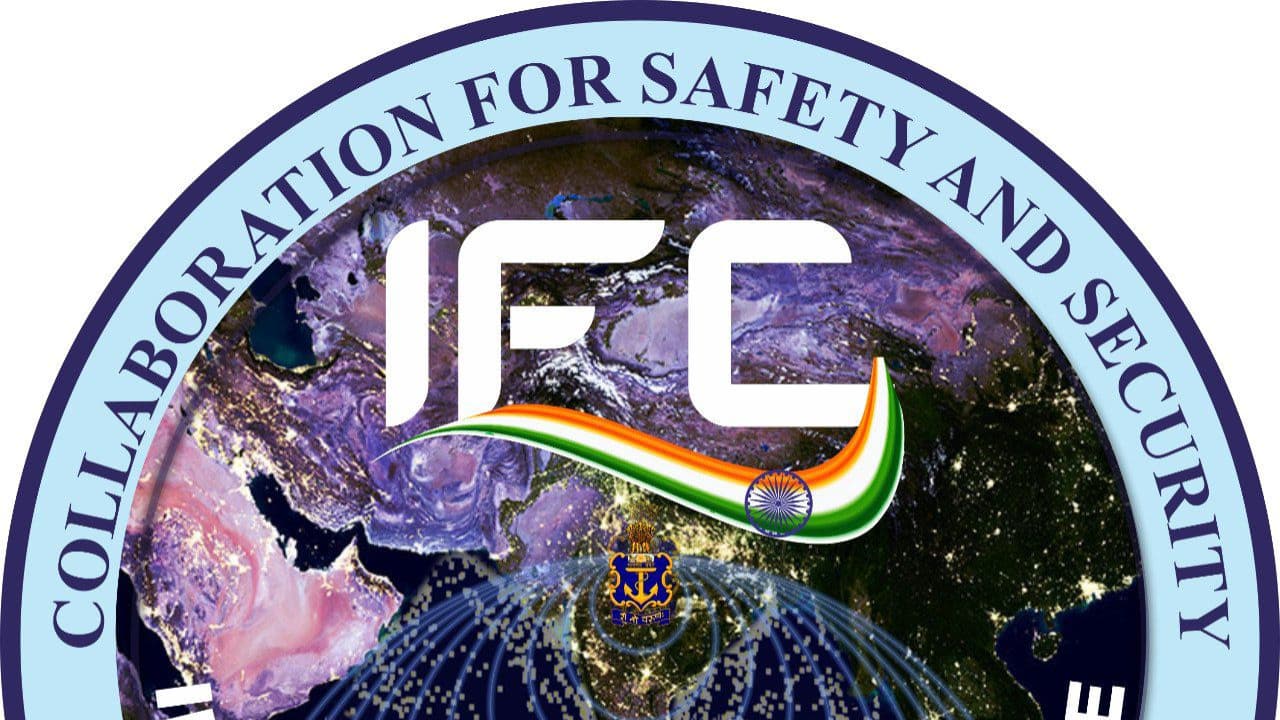Born from the aftermath of the 26/11 attacks, India has developed a sophisticated maritime vigilance network, the Information Management and Analysis Centre (IMAC) and its international arm, the IFC-IOR.
New Delhi: The Indian Ocean glows faintly blue, each light a vessel, each vessel a story. Somewhere south of Lakshadweep, a cargo dhow drifts off its declared course, and a quiet alarm ripples across the room. No klaxons, no panic, only the subtle pulse of information. In that moment, the ocean blinks, and the watchers blink with it.
This is IMAC — the Information Management and Analysis Centre — the digital soul of India’s maritime vigilance.
Born in the aftermath of 26/11 and matured through relentless technological grafting, it has transformed the way India sees its waters.
Its offspring, the Information Fusion Centre – Indian Ocean Region (IFC-IOR), stretches those sights beyond geography, linking data from dozens of partner nations into a single, living web of information.
Here, surveillance is not just about detecting pirates or smugglers but about shaping trust — the kind that is verifiable, replayable, and archived in pixels, not proclamations.
Operators call it the ocean’s nervous system. A web of sensors — radar chains, transponders, and acoustic arrays — harvests information like a spider catches flies. Their screens show not waves or coordinates but patterns, deviations, pauses, sudden accelerations.
Algorithms developed in India and refined through testing off the waters of Kochi feed these instincts, teaching machines to read the sea as Sherlock read faces.
As per the reports, the Indian Navy is developing predictive analytics and pattern-recognition tools to anticipate trafficking routes — a shift from reaction to anticipation that no fleet of warships alone could achieve. Yet the brilliance of this network lies not only in its hardware but in its humility — in the willingness to share.
With the aid of white-shipping information agreements with more than thirty countries, India receives and transmits data on non-military vessels, cross-checking anomalies with partners from Seychelles to France.
In 2023, a coordinated interception between the navies of India and the Maldives reportedly resulted in the halting of a dhow carrying methamphetamine bound for East Africa.
The operation, confirmed by officials in both countries, unfolded swiftly and without fanfare — the product of real-time intelligence shared through the IFC-IOR network.
Such synchrony was once unthinkable in the Indian Ocean. Before 2015, each nation kept its own watch — radars staring inward, data cloistered behind bureaucracy.
The creation of the National Command, Control, Communication and Intelligence (NC3I) system changed everything. Linking coastal radar chains, airborne sensors, and satellite feeds from the CartoSAT and RISAT constellations, it allowed the sea to be read as a single text.
As one liaison officer from Mauritius remarked in a Ministry of Defence briefing, “It’s like hearing one heartbeat instead of fifty.”
Technological vigilance, however, only gains meaning when it translates into lawful closure.
India’s radar hits often lead to actual arrests, prosecutions, and transparent reporting.
The INS Trishul interception of a heroin-laden dhow in May 2023, for instance, moved swiftly from seizure to trial, with evidence jointly documented by the Indian Coast Guard and the Narcotics Control Bureau. That chain of accountability — from detection to sentencing — remains rare in regional enforcement; an artefact built on surveillance that records rather than speculates.
Beyond the courtroom, the machinery of collaboration hums steadily like the lull of an engine.
The Regional Maritime Information Fusion Centre (RMIFC) in Madagascar now exchanges real-time radar imagery with India’s IFC-IOR, forming what analysts at the Observer Research Foundation describe as a virtual corridor of clarity.
In practice, this corridor has shrunk the ocean’s secrecy: a skiff departing Gwadar can now be logged, tracked, and flagged long before it reaches open waters.
The system’s quiet triumph lies in its anonymity — there are no flags waved, no slogans chanted, only data flowing like an unseen tide.
For all its precision, the network’s success remains a human story.
The sailors aboard Dornier patrols chasing radar blips into the night, the technicians calibrating receivers on wind-swept islands, the liaison officers parsing encrypted streams — each adds pulse to the digital heart. “You don’t look at the sea anymore,” one operator said softly, “you listen to it.”
In contrast, regional counterparts still remain encumbered by spectacles of anti-piracy declarations without corresponding data transparency, and by seizures without follow-throughs.
The Indian approach, by comparison, has turned scepticism into a reputation. Every plotted manoeuvre, every intercepted broadcast, every validated report adds to a ledger of credibility that few navies in the Global South can match.
The moral of this surveillance saga is loud, but subtle. Power here does not roar — it whispers through bandwidths and transponders into the ears of operators who man those stations 24 hours a day, 365 days a year.
Somewhere between the buzz and glow of Gurugram and the dark waters beyond Lakshadweep, vigilance has become a virtue — silent, steady, and seen only when it must be seen.
